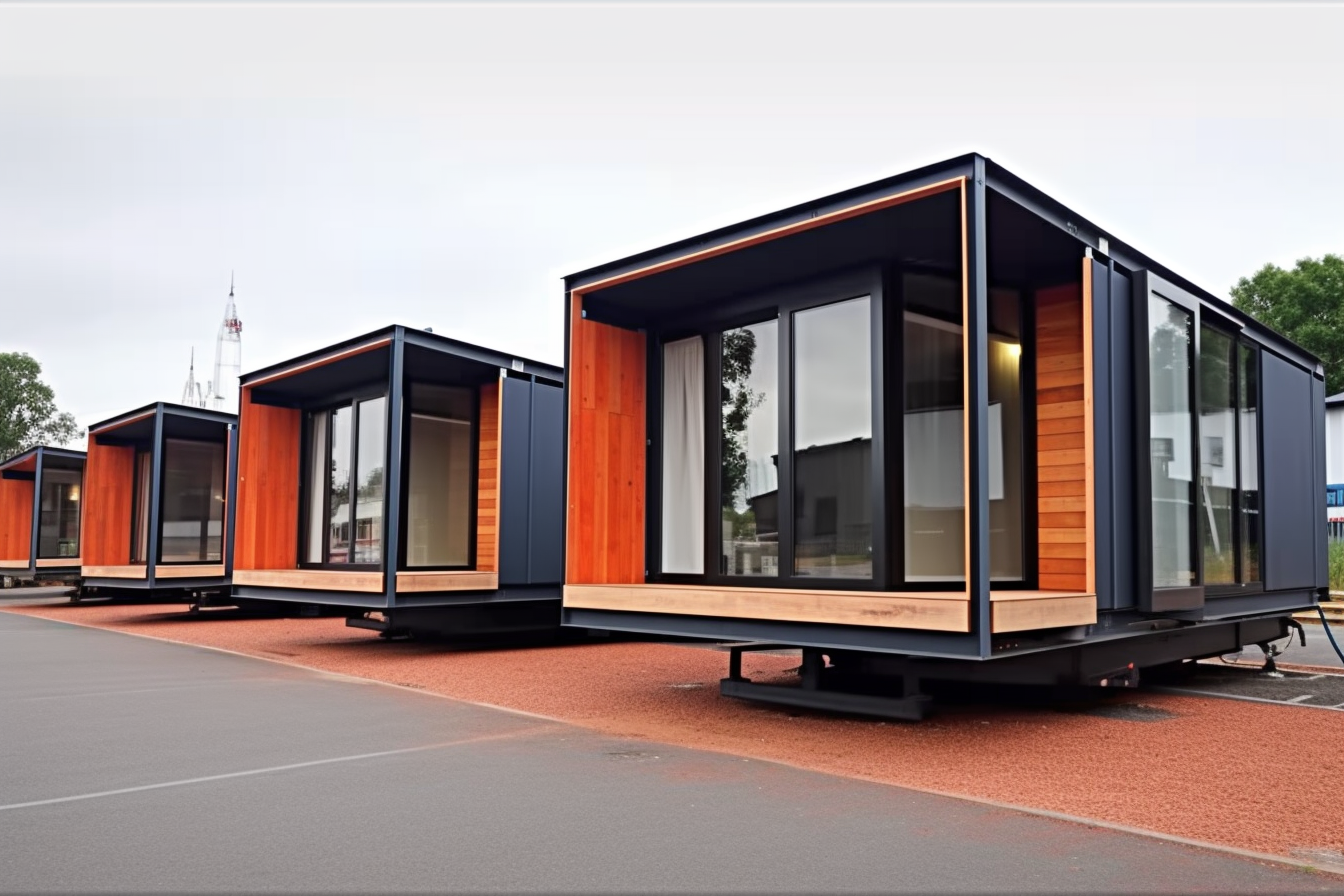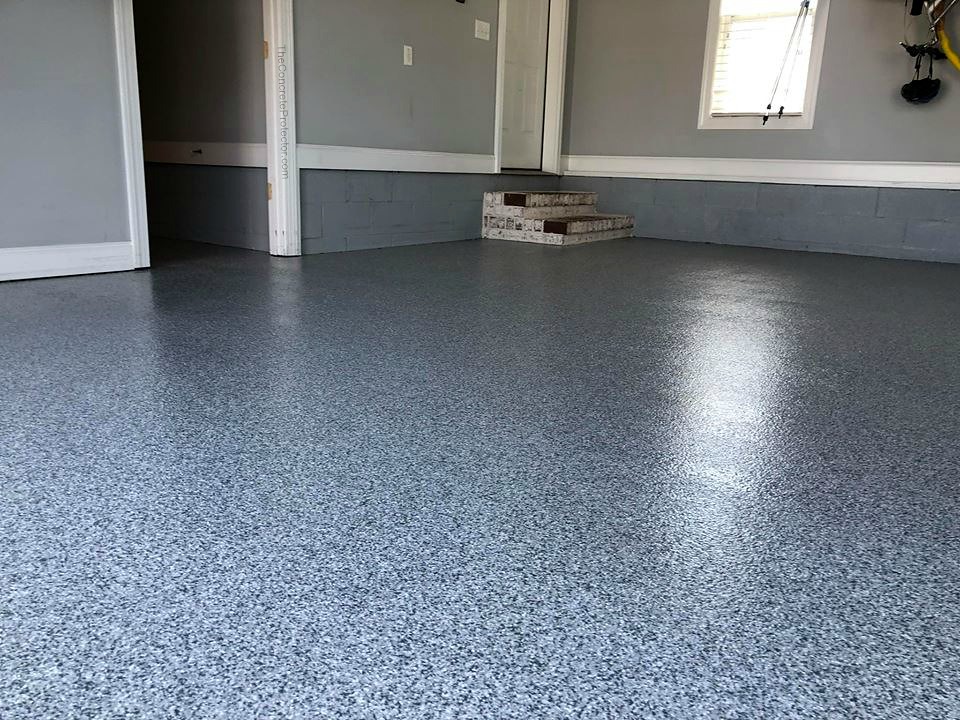Decoding the Prospects of Tiny Homes in the Real Estate Market
Tiny homes have become a buzzword in the real estate industry, challenging conventional housing norms. They offer a unique blend of minimalist lifestyle and affordability, making them an intriguing alternative for many homebuyers. But what are the potential implications for the real estate market, and what should investors know?

The Emergence of Tiny Homes
The tiny home movement began gaining traction in the mid-2000s. The 2008 financial crisis, rising house prices, and a growing awareness of environmental sustainability prompted many to reconsider traditional housing options. Tiny homes, typically ranging from 100 to 400 square feet, became an attractive option for those seeking a more minimalist, environmentally-friendly lifestyle. This trend has continued to grow, with the tiny houses market expected to increase by nearly 7% annually through 2023.
Current Market Trends and Financial Insights
Recent statistics show a growing interest in tiny homes. A survey conducted by the National Association of Home Builders found that more than half of Americans would consider living in a tiny home. The number of tiny homes in the U.S. increased by nearly 67% from 2017 to 2019, indicating a rising trend.
From a financial perspective, tiny homes offer significant cost savings. The average price of a tiny home is around $45,000, significantly less than the median home price in the U.S. These cost savings, combined with the potential for lower utility bills and reduced maintenance expenses, make tiny homes an attractive option for those looking to downsize or live a more minimalist lifestyle.
Tiny Homes: Prospects and Challenges
Tiny homes present several advantages for the real estate market. They offer an affordable housing option, which could alleviate some of the pressure on housing markets in high-cost areas. Additionally, tiny homes could potentially spur new development opportunities.
However, there are also potential challenges to consider. Zoning laws and building regulations, designed for traditional homes, often pose significant hurdles for tiny home builders and owners. Additionally, some may view tiny homes as a temporary trend, which could impact their long-term investment potential.
Impact on the Real Estate Market
The increased interest in tiny homes could have significant implications for the real estate market. It could lead to a shift in housing trends, with more people opting for smaller, more affordable homes. This could potentially disrupt traditional real estate models, and create new opportunities for developers and investors.
However, the impact of tiny homes on the real estate market will largely depend on how these challenges are addressed. Changes in zoning laws and building regulations could pave the way for the growth of the tiny homes market. Additionally, increased acceptance of tiny homes as a viable housing option could further fuel their popularity.
Conclusion
While tiny homes represent a small fraction of the overall real estate market, their potential impact should not be overlooked. They offer a unique blend of affordability and sustainability, which could appeal to a broad range of homebuyers. As the tiny home movement continues to grow, it’s important for investors and industry professionals to stay informed and consider the potential implications for the real estate market.




